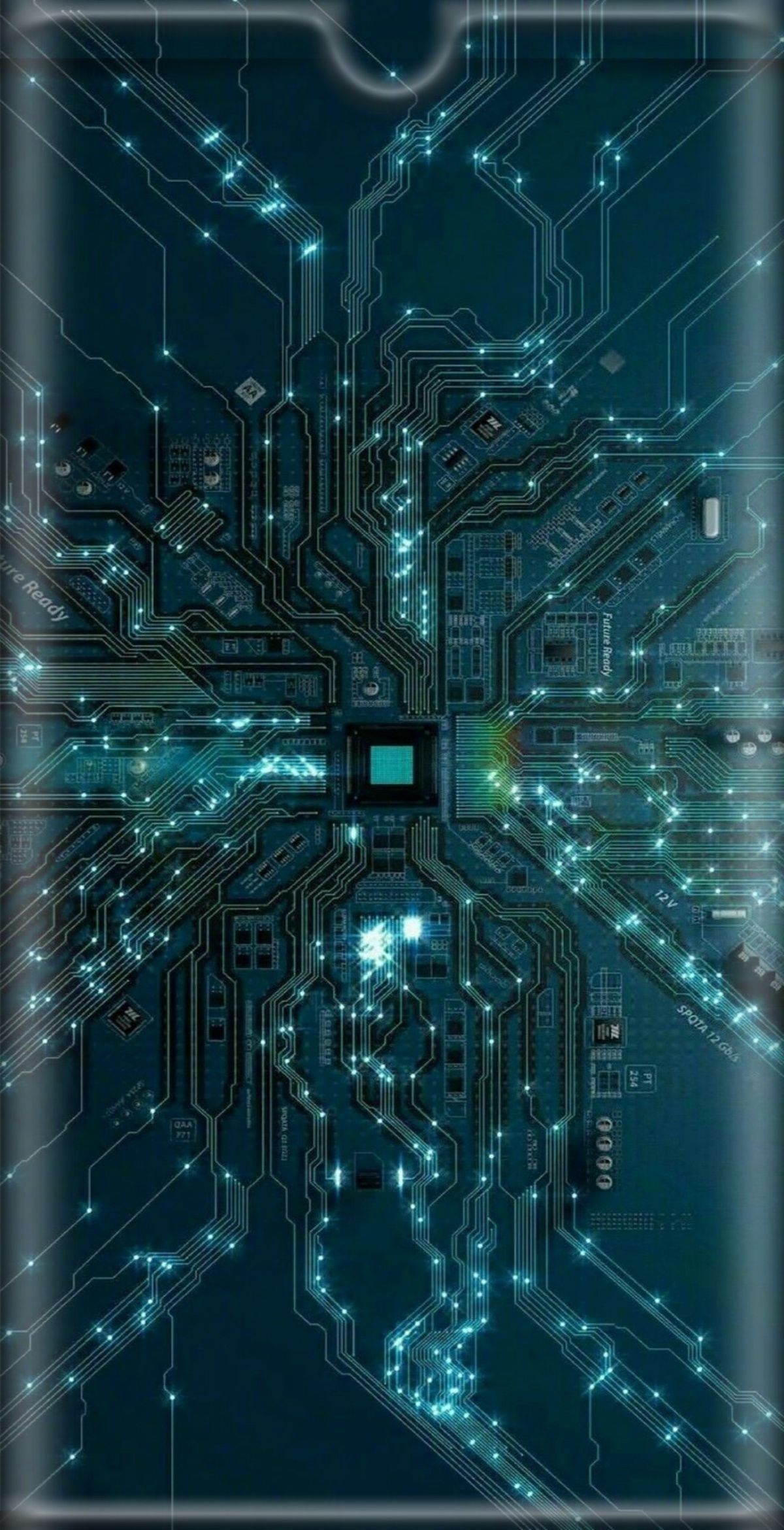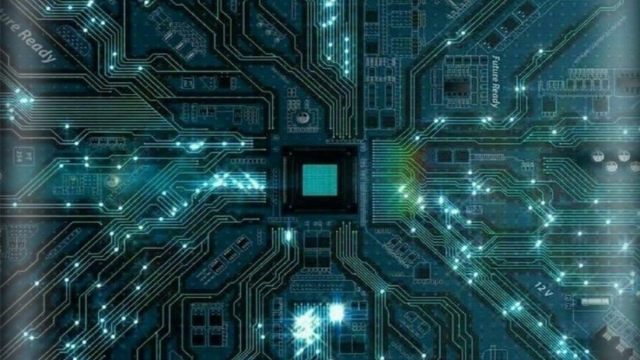
Deepfake technology has revolutionized the way we perceive and interact with digital media. With its remarkable ability to manipulate and replicate visuals and audio, deepfake technology presents a boundless potential that has both captivated and concerned society. While it has garnered attention for its controversial applications, such as spreading misinformation and fabricating convincing hoaxes, it is crucial to explore the broader picture and recognize the numerous positive avenues this technology can open up.
At its core, deepfake technology utilizes powerful machine learning algorithms to seamlessly superimpose a person’s face onto another individual’s body, creating seemingly authentic videos and images. This sophisticated technique has vast implications across various industries, particularly in entertainment and filmmaking. By using deepfakes, filmmakers can resurrect long-lost actors, reunite legendary characters, and recreate historic events, breathing new life into storytelling. This creative potential holds tremendous promise for the entertainment industry, enabling directors to push boundaries and forge entirely new visual experiences.
Furthermore, deepfake technology has the potential to enhance education by offering immersive and interactive learning experiences. Imagine students being transported to different historic eras, virtually interacting with renowned figures as if they were present. This captivating approach can revolutionize the way we absorb information and make learning engaging and dynamic. Additionally, this technology can assist in the training of medical professionals by providing realistic simulations of surgeries, potentially improving patient safety and reducing risks.
Thus, while deepfake technology undoubtedly raises valid concerns regarding disinformation and privacy, it would be remiss not to recognize its immense potential for positive change. By appreciating the opportunities this technology affords us, we can work towards harnessing it responsibly and ethically, ensuring that the boundless potential of deepfake technology is unleashed in beneficial and enlightening ways for our society.
Applications of Deepfake Technology
Deepfake technology has opened up a realm of possibilities in various fields, captivating both researchers and enthusiasts seeking creative applications. Let’s delve into the three main areas where deepfake technology is making significant strides.
-
Entertainment Industry
Deepfake technology has revolutionized the entertainment industry, enabling filmmakers to seamlessly recreate iconic characters or bring historical figures back to life on the big screen. By leveraging deep learning algorithms, actors can be digitally transformed into anyone, presenting an array of opportunities to tell captivating stories. Furthermore, deepfake technology allows the resurrection of beloved actors who are no longer with us, offering a nostalgic experience for both new and old audiences. -
Digital Marketing
https://faceswap.akool.com/
In the realm of digital marketing, deepfake technology has become a powerful tool for creating engaging and personalized content. With the ability to convincingly superimpose a brand ambassador’s face onto another person, companies can promote their products with an added touch of authenticity. Deepfakes also enable brands to create interactive advertisements, allowing customers to virtually try on products or simulate custom experiences. This cutting-edge technology holds immense potential for increasing consumer engagement and driving sales. -
Research and Development
Deepfake technology is increasingly being utilized in research and development across various fields. In medicine, it can aid in simulating medical procedures for training purposes, providing a safe and immersive learning environment. Additionally, deepfakes can facilitate realistic simulations for architectural visualization, allowing designers to visualize buildings and structures in real-world settings before construction begins. Moreover, researchers in the field of robotics are exploring how deepfake technology can be used to create lifelike facial expressions for robots, improving their ability to interact with humans.
The applications of deepfake technology are continually expanding, captivating industries with its potential for creative expression, enhanced marketing strategies, and facilitating cutting-edge research. As this technology progresses, we can anticipate even more innovative and influential applications in the near future.
Ethical Concerns and Risks
-
Misuse of Deepfake Technology
The advent of deepfake technology raises significant ethical concerns, particularly regarding its potential for misuse. With the ability to convincingly manipulate audio and visual content, individuals with malicious intent can use deepfakes to spread false information, defame innocent people, or even engage in harassment and blackmail. This poses a serious threat to personal privacy, reputation, and the very fabric of trust in our digital society. -
Erosion of Truth and Authenticity
Deepfakes have the potential to erode truth and authenticity in various contexts. As deepfakes become more sophisticated and difficult to detect, it becomes increasingly challenging to discern real from fake. This blurring of reality can have detrimental consequences, leading to the dissemination of misinformation and the manipulation of public opinion. The subsequent erosion of trust in media sources and digital content can have far-reaching social and political implications. -
Deepening Inequality and Vulnerabilities
Deepfake technology has the potential to exacerbate existing inequalities and vulnerabilities in society. For instance, marginalized groups may be disproportionately affected by deepfakes used for harassment, discrimination, or spreading harmful stereotypes. Additionally, the creation and distribution of non-consensual deepfake pornography can cause immense harm to individuals and perpetuate a culture of sexual exploitation and objectification. It is crucial that we address these concerns to ensure the responsible development and use of deepfake technology.
Future Implications and Challenges
The future of deepfake technology holds both immense promise and significant challenges. As this technology continues to advance, its potential applications are boundless. From entertainment and social media to education and healthcare, deepfakes are poised to revolutionize various industries.
One of the major implications is the enhancement of creative expression and entertainment. Deepfakes enable filmmakers, game developers, and artists to push the boundaries of storytelling and visual effects. With this technology, characters can be seamlessly integrated into scenes, enhancing immersion and captivating audiences in new and exciting ways. Additionally, deepfakes can bring historical figures back to life, allowing us to witness their stories firsthand, creating a truly immersive and educational experience.
However, along with the opportunities come challenges. Misuse of deepfake technology can have severe consequences, ranging from defamation and blackmail to the propagation of misinformation and fake news. As the authenticity and believability of deepfakes improve, it becomes increasingly difficult to discern what is real and what is fabricated. This poses a significant threat to public trust and can undermine the integrity of media, leading to potential social and political unrest.
Furthermore, privacy concerns arise with the proliferation of deepfakes. The ability to manipulate and alter video content raises questions about consent and the potential for unauthorized use of someone’s likeness. Protecting individuals from unauthorized deepfake creation and distribution is crucial to ensure privacy rights are upheld.
In conclusion, the future implications of deepfake technology are vast, offering exciting possibilities for various industries. However, these advancements also bring challenges that need to be addressed. Striking a balance between innovation and ethical use is essential to fully harness the potential of deepfakes while minimizing their negative impact.





